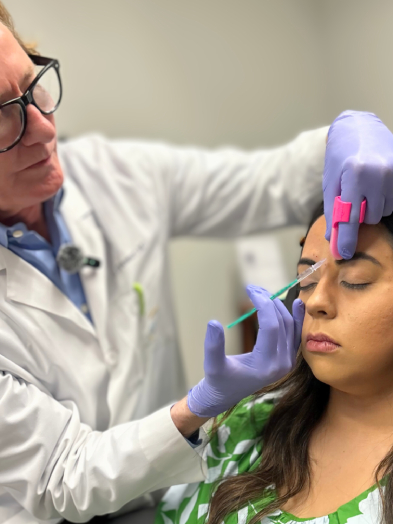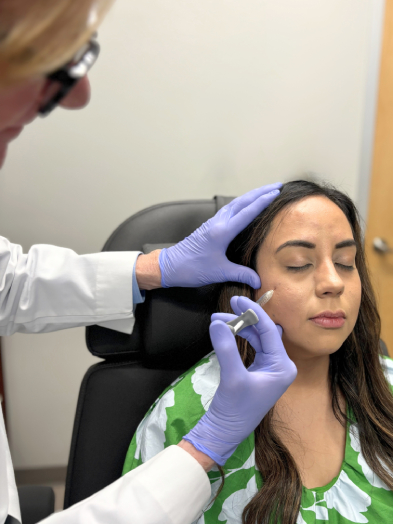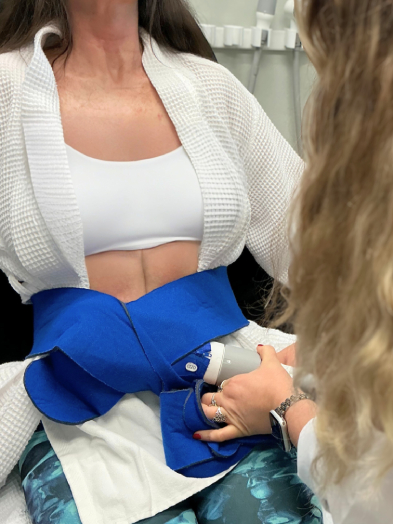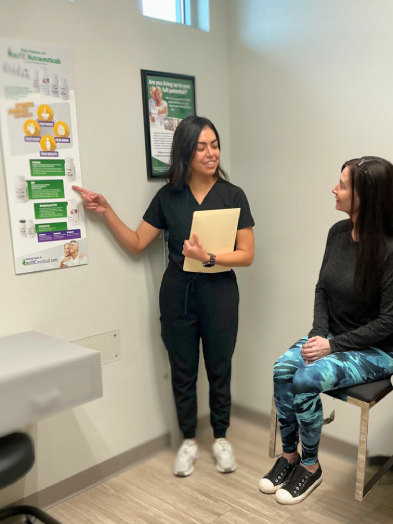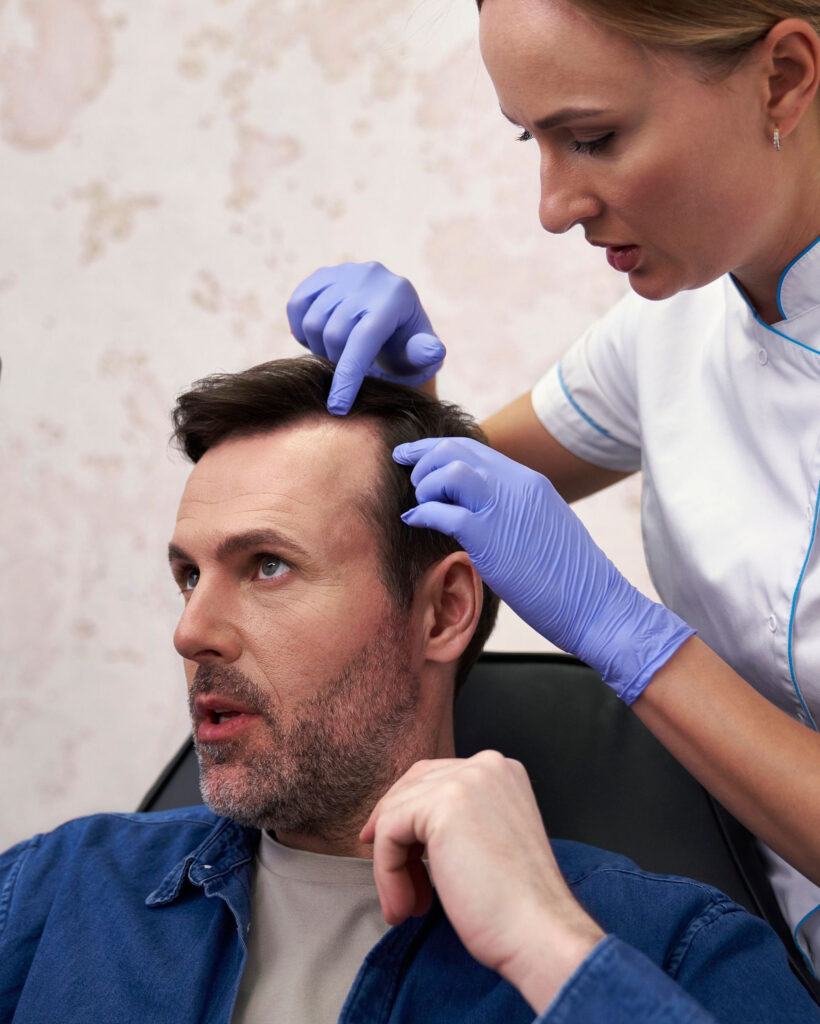Skin resurfacing is a term we use when discussing a process used to improve the texture of the skin by removing the outer layers of skin. Various technologies have been used for this including microdermabrasion, chemical peels, and laser. For mild texture changes, microdermabrasion may be sufficient, but for serious lines, especially around the mouth, nothing works as well as laser resurfacing.
For this treatment, a laser is used to literally vaporize thin layers of the outer skin. This is referred to as an ablative laser, as opposed to a non-ablative laser which only heats the skin but does not remove skin. The most common lasers used for this process are CO2 and Erbium-Yag. Each has its own benefits and weaknesses. The CO2 can tighten better than the Erbium-Yag, but it also has more down time and prolonged redness than the Erbium-Yag Laser.
Additionally, each of these lasers can be used fractionally or at full ablation. Fractional treatments are typically less aggressive and associated with less down-time than full ablation. Like-wise the results of fractional laser are typically less dramatic than full ablation.
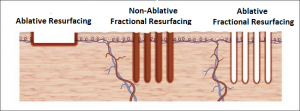
All of these laser treatments do two things which produce a smoother and younger looking skin. First, some degree of skin is actually removed by vaporization, like sanding a rough wood to a smooth finish. Second, photon energy is transmitted to the cells of the skin producing a thermal change which in turn creates a biological effect of new smoother skin growth that persists and improves for up to a year. With fractional settings, small laser holes are formed leaving normal skin between the laser holes. With full ablation, an entire even layer is removed, like taking a sheet off of a bed.
Aggressiveness of a resurfacing treatment is determined by how deep the laser goes and how much energy is put into the skin. For younger individuals, it is healthy to do a mild fractional peel twice a year to stimulate and restore the skin. The down-time is simply mild redness and dry flaky skin for less than a week.

For older individuals with deeper lines around the mouth, nothing can match the results of the erbium laser. Results can be dramatic. For many of my patients, I use a combination of both lasers to maximize the smoothing and tightening effects that can be achieved. Down time can be limited to 7-10 days, even with aggressive treatment. All individuals are different in their own body’s response to treatment so results vary, but I can say with confidence there is no better option to achieve these results. Smokers do not heal or respond as well as non-smokers so only very mild treatment is recommended. I also believe prepping the skin with creams like Retin-A is helpful to achieve better results. Before undergoing this type of treatment, one should have an in-depth consultation with the doctor to prepare for and get the best results from this amazing technology.
Mack Stewart, M.D.
